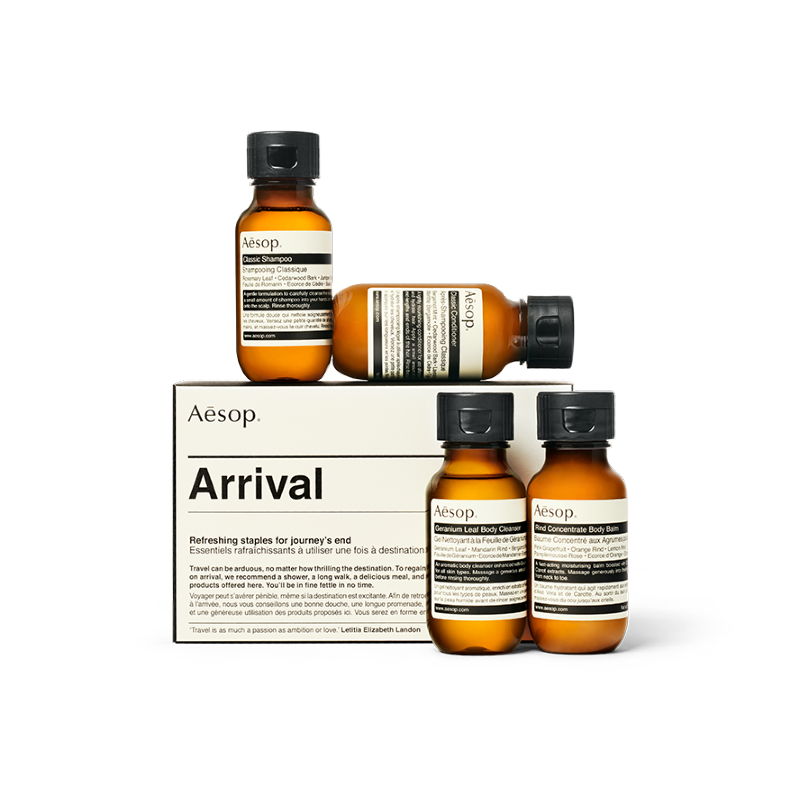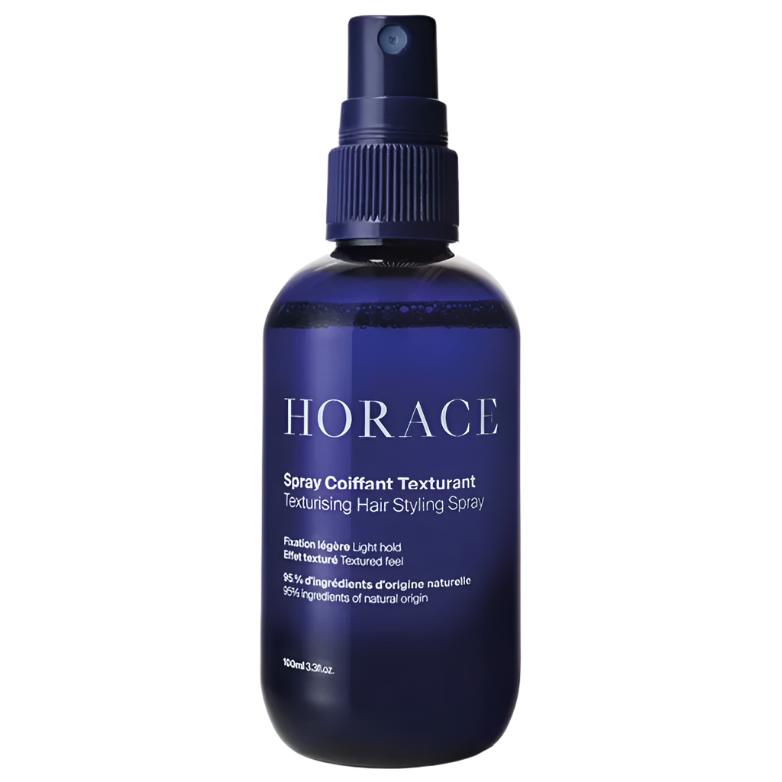What does Glycolic Acid do to the skin?
With Glycolic Acid appearing in an increasing number of male skincare products, we decided to investigate the history of this vital ingredient and see what the hype is all about.
What is Glycolic Acid?
Glycolic Acid is a natural derivative of Sugar Cane and is part of the Alpha-Hydroxy group of acids. Glycolic Acid has the smallest molecular structure of all the Alpha-Hydroxy Acids so is better suited to penetrating the pores and the skin's outer membrane.
 What is Glycolic Acid used for?
What is Glycolic Acid used for?
Glycolic Acid is often called upon to treat and repair acne-prone skin, but during performance studies, Glycolic Acid was found to have anti-ageing and exfoliating strengths. Improved skin tone and texture were some of the benefits highlighted during the tests and with the most common skin care concerns reflecting these issues, Glycolic Acid has become a mainstream ingredient.
How does Glycolic Acid work?
The skin naturally sheds thousands of dead skin cells daily. Some of the dead cells manage to remain attached to the outer layer of the skin and can make the skin appear dull and with poor texture. To help to prevent this, most of us use a face scrub of exfoliating facial wash to buff away the dead skin and reveal a renewed complexion. Glycolic Acid does just that but without the need for exfoliating grains or 'scrub'. Dead skin cells remain attached to the skin by a thin protein acting as an adhesive, Glycolic Acid breaks down these proteins and lifts dead skin away from the face. The results are a refreshed skin tone that appears more healthy and more radiant.
How does Glycolic Acid help to treat Acne?
Having a tiny molecular structure, Glycolic Acid is exceptional at penetrating into the skin and deep into the pores. Acne is most commonly caused by Propionibacterium. This bacteria can develop into blackheads and breakouts if it isn't destroyed. Glycolic Acid kills Propionibacterium before it has chance to advance into Acne.
Does Glycolic Acid help to treat blackheads?
In a word, yes! Glycolic Acid helps to lift the oxidised dirt that forms the black spot within the pores. This helps to brighten the skin and relieves the complexion of unsightly black spots.
Is Glycolic Acid suitable for sensitive skin?
It is, but if you're receiving treatment for any type of skincare condition, you should consult your doctor before using any product which contains Glycolic Acid. It is always recommended that before applying a new type of product to the face, you carry out a skin-patch test on the back of your hand to check for compatibility issues.
Things to watch out for...
After-use, Glycolic Acid can make the skin sensitive to sunlight. Always apply a moisturiser that contains SPF after using any product that contains Glycolic Acid.

 What is Glycolic Acid used for?
What is Glycolic Acid used for?










